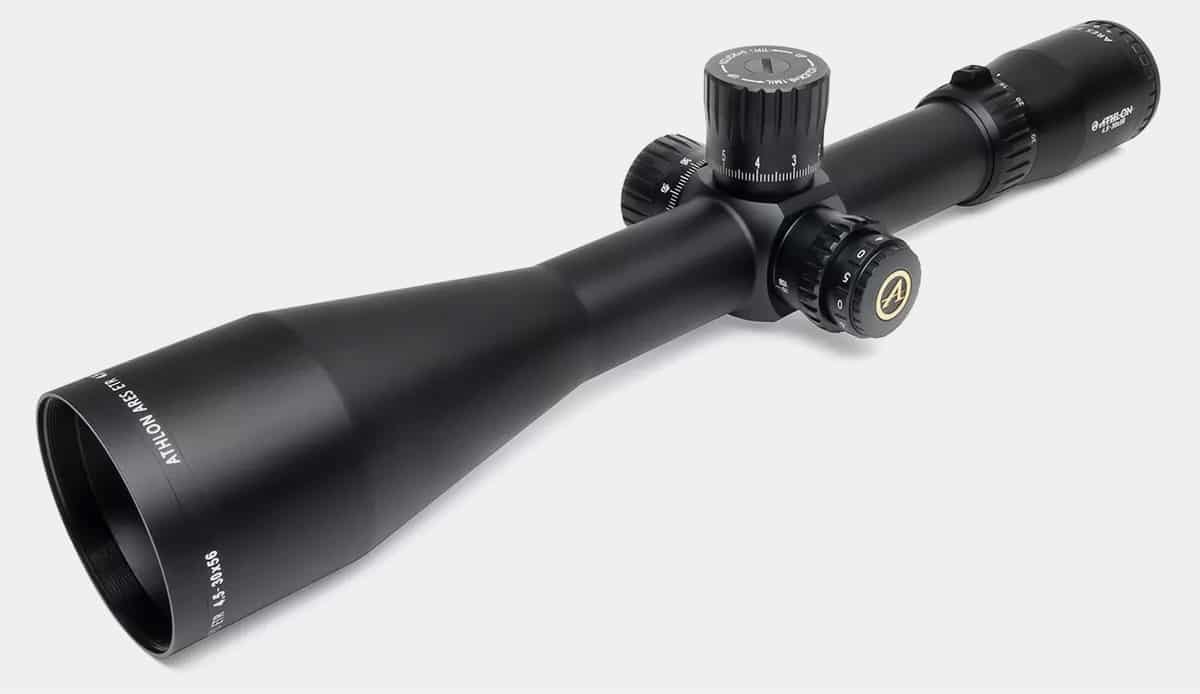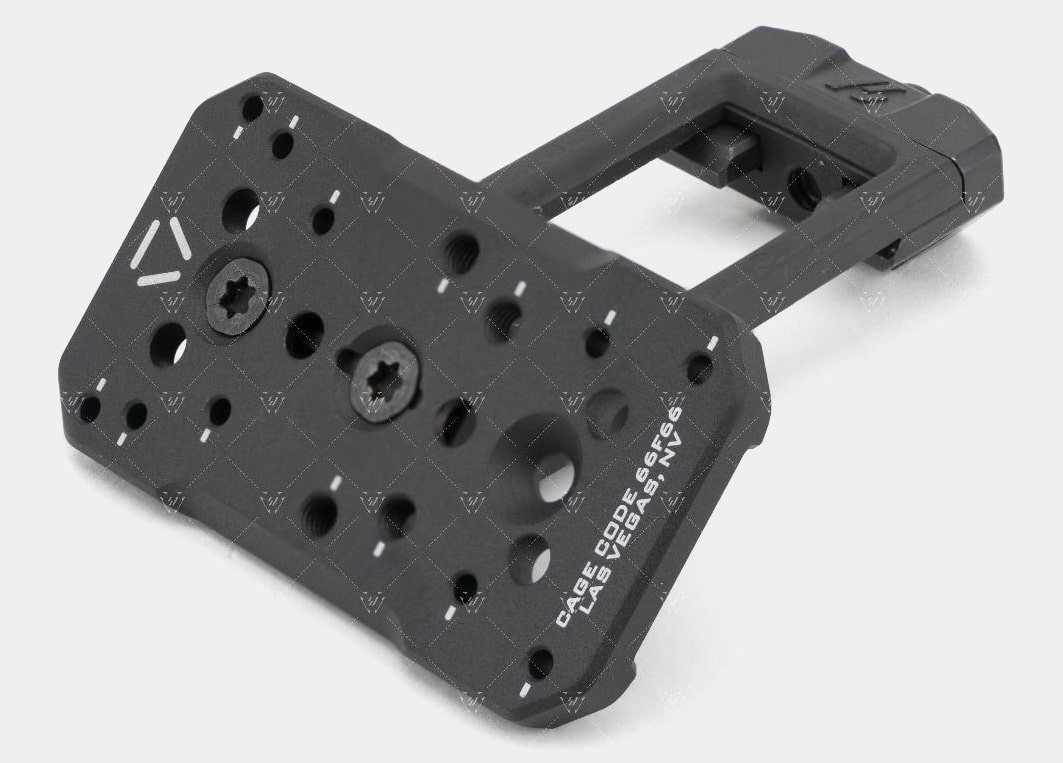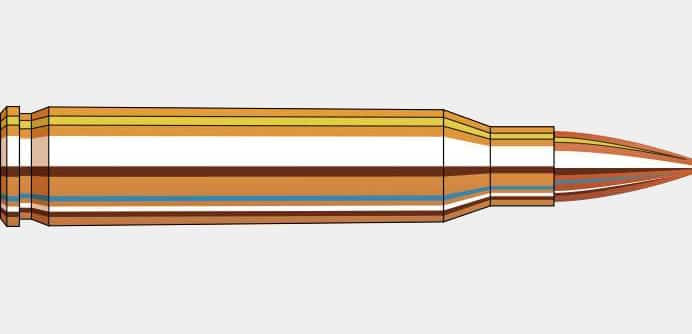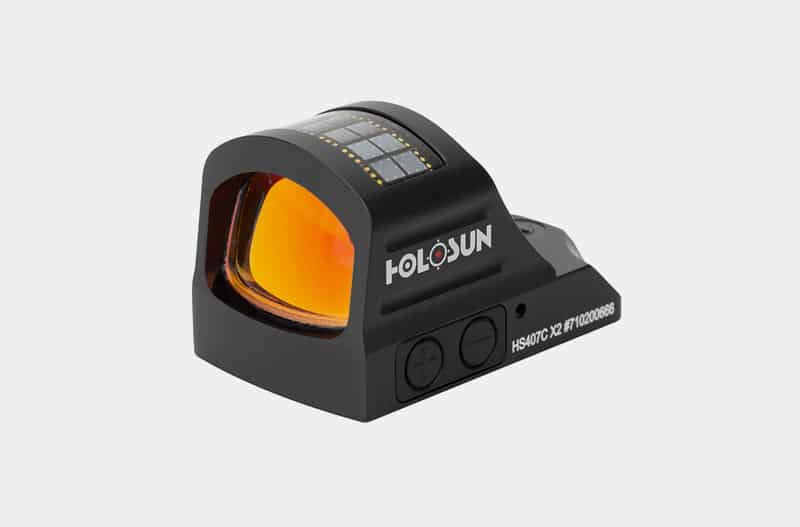There are few who will argue the accuracy potential of the 5.56 or .223. It has become one of, if not the most, popular Modern Sporting Rifles (MSR) chamberings in the last half-century. The .223 is the “civilian” version of the 5.56x45mm NATO, which is the military cartridge.
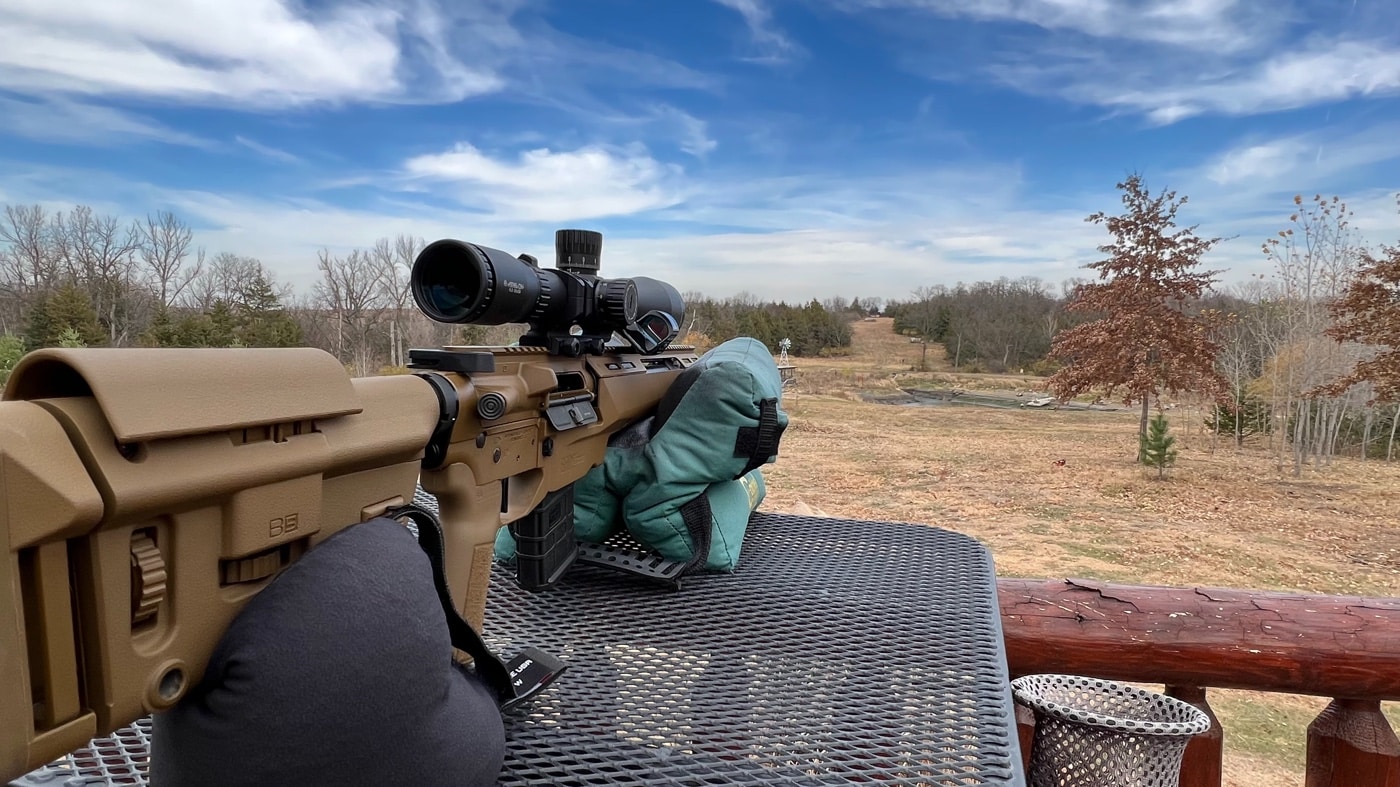
There are very slight differences and it is not recommended to shoot 5.56 in a .223 chamber — unless it is identified to take the 5.56 — due to differences in pressures and specifications. These days, most gun manufacturers (like Springfield does with its SAINT line) make their barrels to accept both, but always check to be sure. (Editor’s Note: To learn more about the difference between .223 and 5.56 NATO, click here.)
The Why
There are many reasons the 5.56 has become the most popular MSR chambering, not just for target shooting but also hunting small game like predators (coyote, bobcat, fox, etc.) to medium-sized game such as deer.
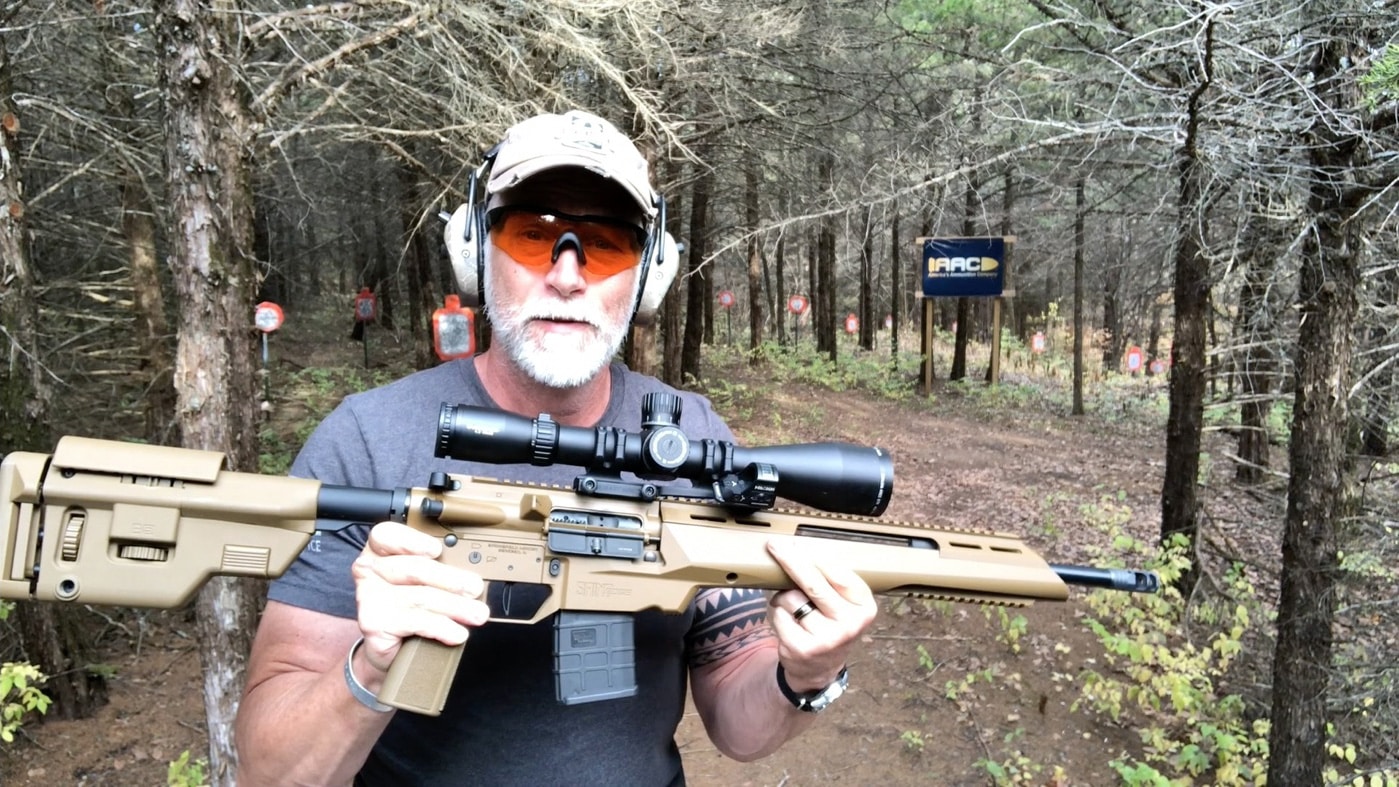
The 5.56 has exceptional accuracy with little to no recoil, which makes it extremely appealing to many shooters. In the AR platform, you have a multitude of options with ergonomics due to the modularity of the design, and can even choose between 15+ different calibers to exchange the “upper” on your “lower”.
The United States adopted the 5.56x45mm M16 in the 1960s. The military was looking for an intermediate-size cartridge that allowed the soldier to carry more ammo, but also a much lighter gun that had exceptional accuracy in semi-automatic fire as well as select-fire and full-auto.
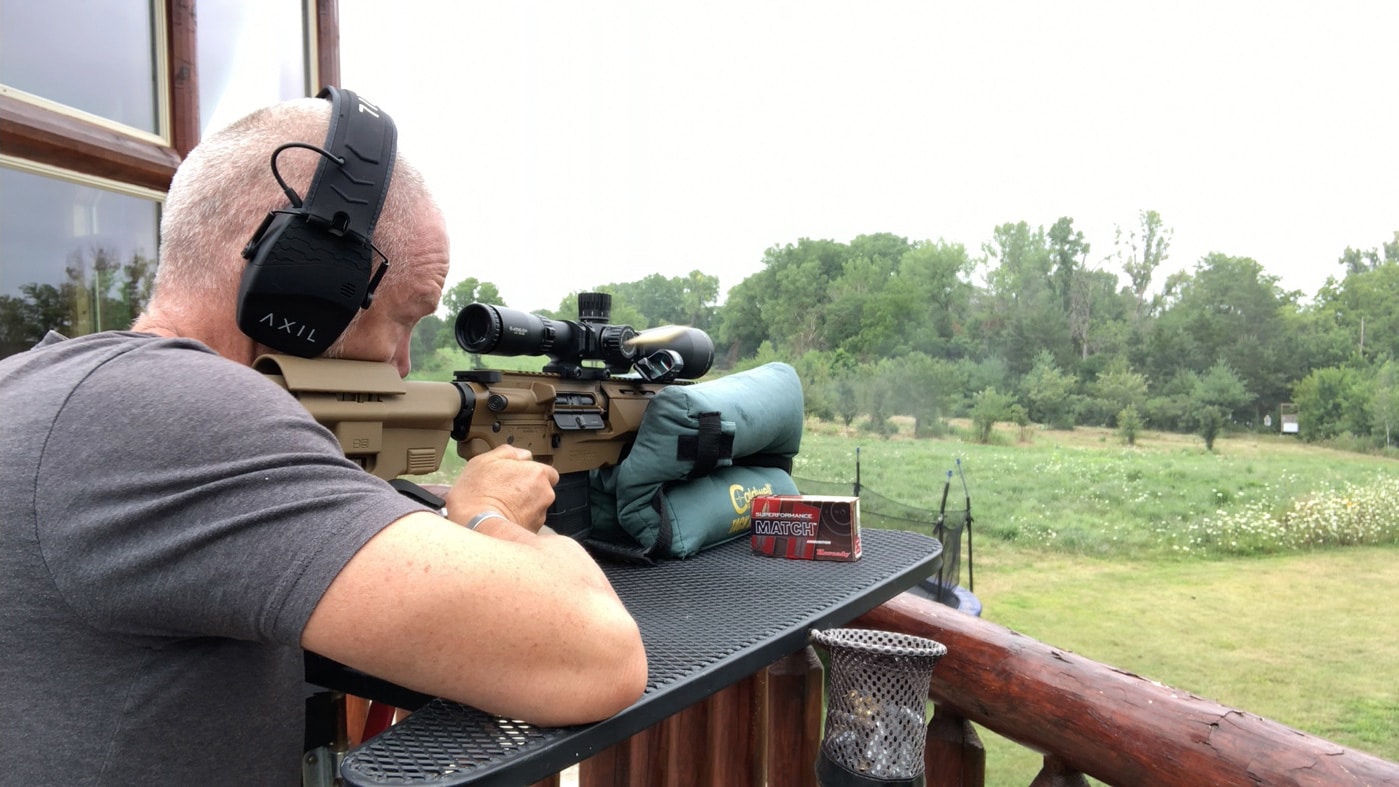
The M16 had a rocky start with the military, mostly stemming from issues regarding a change of the rate of twist that affected performance. After some modifications were made and some education done, the M16 began a very long service life that is still going today.
Elephant in the Room
Before anyone gets upset, there is a lot of controversy over whether the 5.56 is the ideal cartridge for the military, and thus also for medium-sized game such as deer. This article is not going to address that as this debate has been going on for years with no end in sight, and there are avid supporters with valid data and arguments on both sides.
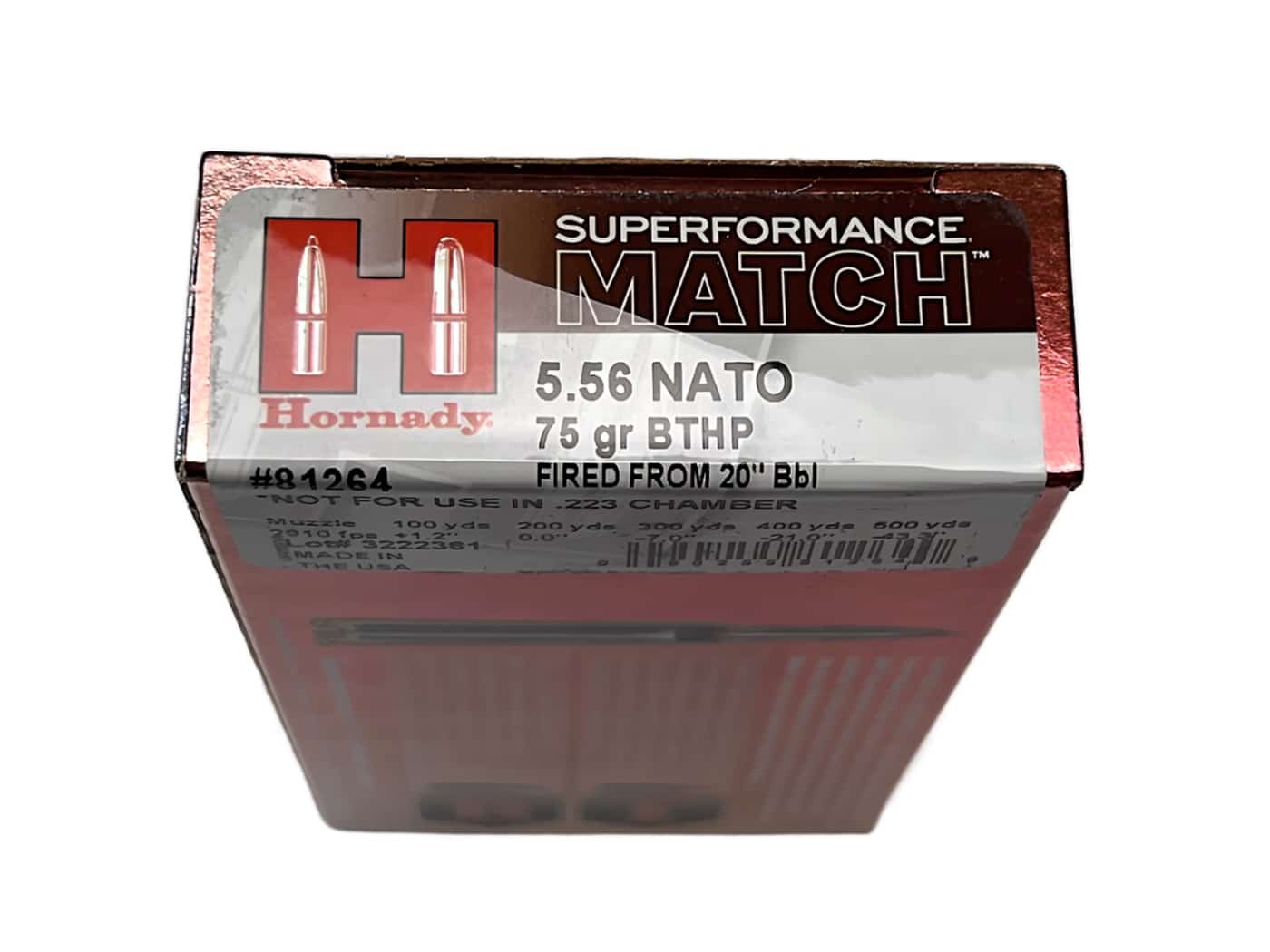
I would simply end this topic on this point. There are few who would argue that shot placement with the “RIGHT” bullet is the most important factor. Of course, the bigger the bullet with more energy, proper shot placement and the right bullet is better than a smaller one, but there is a lot involved in getting the proper shot placement.
Improving the AR?
All of this has led us to where we are now, and that is the fact that the AR-15 in 5.56/.223 is the most popular MSR in the U.S., and for good reason. Accuracy along with light recoil is the reason for this, in my opinion. It used to be said that a semi-automatic gun could never come close to the accuracy of a bolt-action gun. That is no longer the case, and the AR platform has proven that.
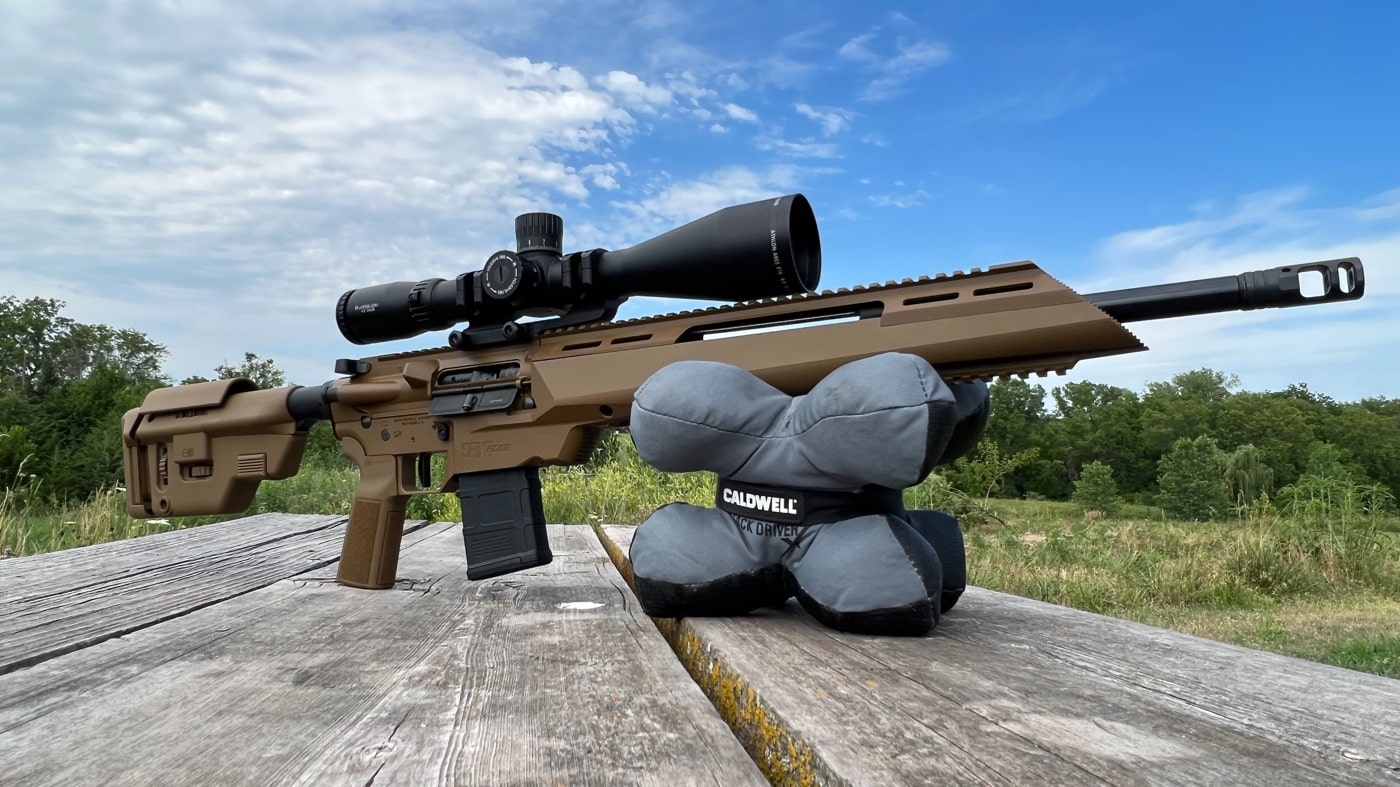
These days, we are trying to push the limits on the accuracy we can achieve with the AR. It used to be that we were excited to get 1-2” groups with an AR at 100 yards. Then it was super exciting to be able to consistently get MOA groups. Now, the big buzz is getting sub-MOA groups, but can you do that with the AR?
Springfield seems to think so as they offer a sub-MOA guarantee with their line of SAINT Edge ATC or “Accurized Tactical Chassis” rifles. I’m not going to review the ATC here as that has already been done. But, I do want to see how far we can push the 5.56 in the ATC, more specifically the Elite model. Also, the ATC features a .223 Wylde chamber, which is capable of firing both .223 and 5.56 NATO rounds and has a chamber throat that is tight enough to wring the most performance out of .223 Match ammo. (To learn more about .223 Wylde, click here.)
The Next Step
The Elite has everything the basic ATC model has, with the addition of a fully adjustable B5 Systems Precision Stock and a LaRue Tactical MBT trigger with a Cerakote Coyote Brown finish. Bottom line, this gun was designed to maximize accuracy in an AR-style semi-auto gun. With that said, this is NOT interchangeable with different uppers and lowers like other AR’s.
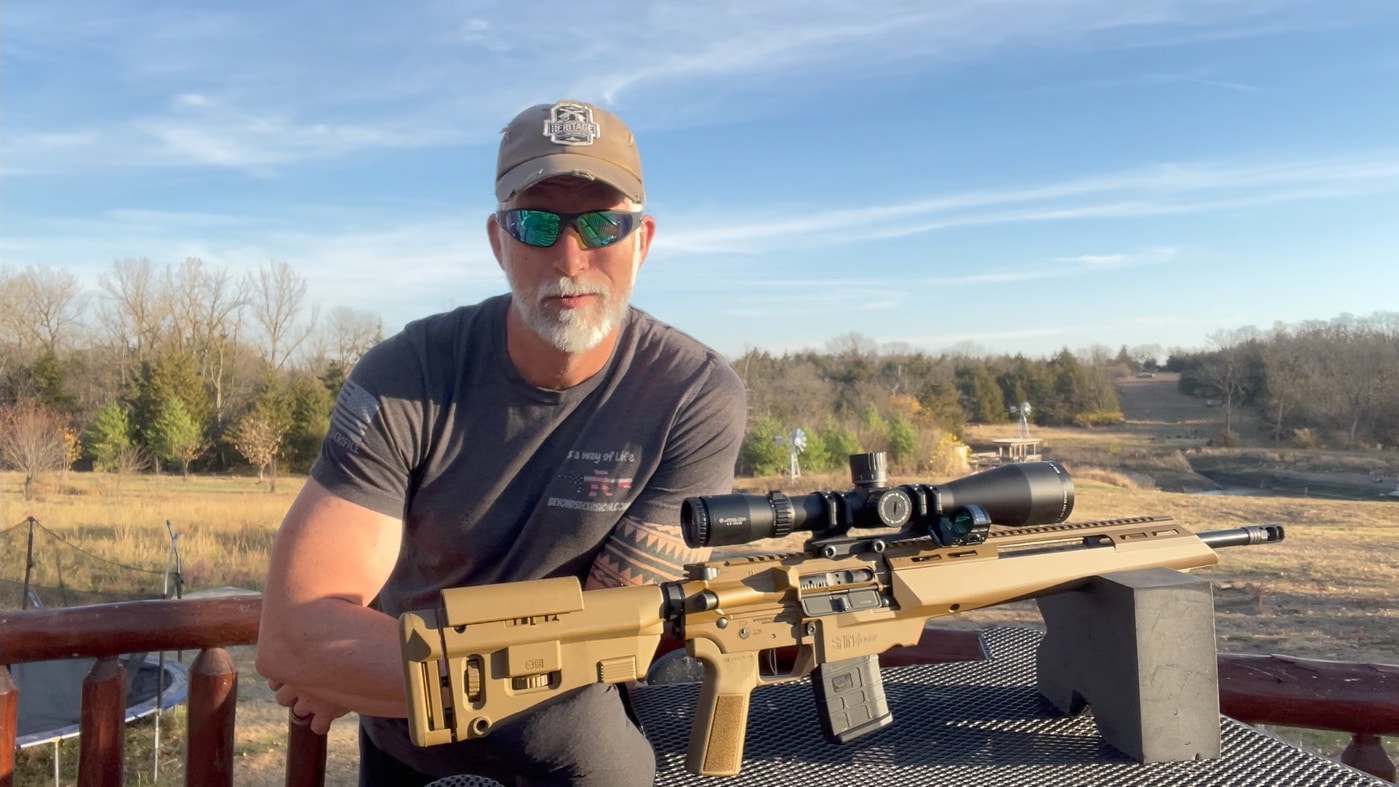
One thing over my years of shooting that never ceases to amaze me is how barrels of the same twist and length will “like” or “dislike” various ammo, even the same ammo. One gun will love it, and the exact same twist and length in another barrel will hate it.
So, before we get to pushing the distance with the ATC Elite, we need to find out what ammo she likes best. I will try several different rounds zeroing at 100 yards, from 45-gr. HP to 55-gr. FMJ to 77-gr. BTHP Match, and the one that gets the best groups will be what we go the distance with.
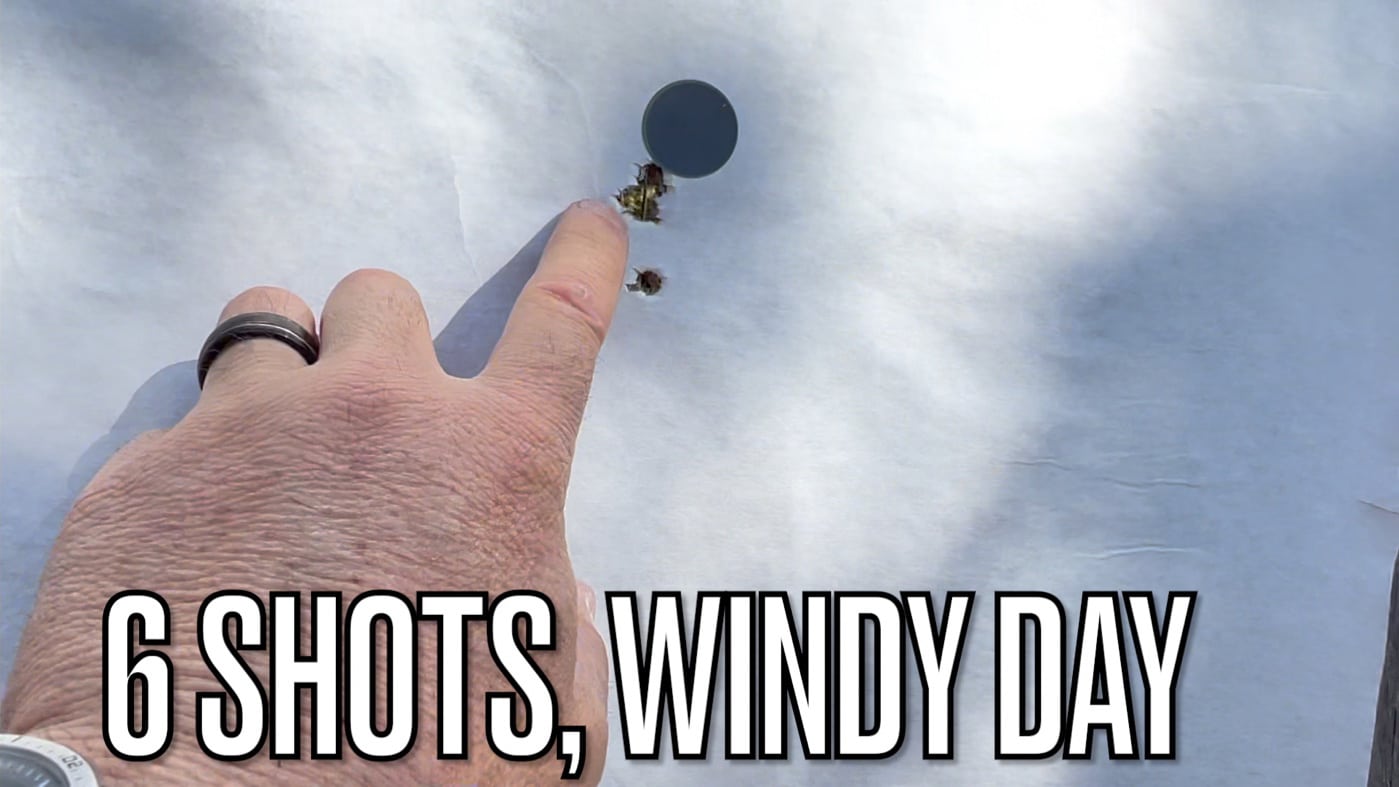
Another thing I have learned over the years of shooting is that many barrels require a “break-in”, or what some call “seasoning” the barrel. I actually called and talked to many of the world’s leading barrel makers such as Bartlein, Krieger, Criterion and others, and they all agreed to a similar “break-in” procedure that I follow with all the guns I shoot — including pistols. I have noticed a huge difference over the years and get superior results. I have also discovered that some barrels require a longer break-in than others.
Once I felt that I had properly broken in the ATC barrel, and found the ammo she liked the best while confirming we are getting sub-MOA groups at 100 yards, I reached out to 500 yards to see what we could get for groups. I have to say, I was shocked with the first three shots I took at 100 yards getting it zeroed! The purpose here is not to debate the effective range of the 5.56, but rather the accuracy out to 500 yards.
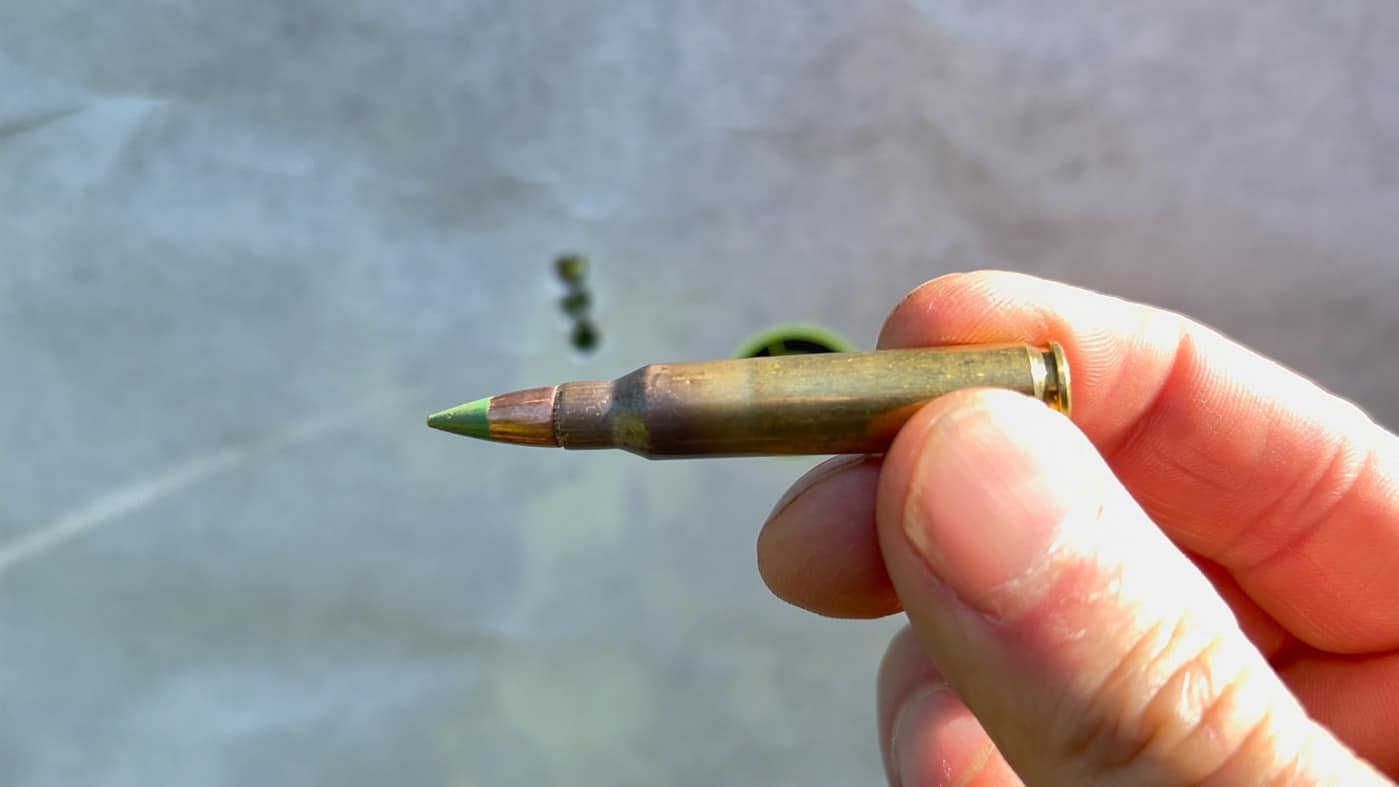
I also have a bonus at the end of video. What if you find yourself in a situation where you are dialed in and shooting at distances like 500 yards and you suddenly need to shoot at 25 yards? I am using Athlon’s ARES ETR 4.5-30×56 optic and, if dialed in at 30x, I will not have time to adjust or take a shot at 25 yards with any reasonable amount of time.
But, there is a solution. I combined a Strike Industries Ambush 45° mount with Holosun’s HS407C X2. Watch the video and see for yourself what you think and how well it worked.
Conclusion
Watch the video and see for yourself to decide what you think of the ATC Elite and form your own opinion. Does it perform up to your standards? Until next time on The Armory Life, happy shooting and be a safe and responsible gun owner.
Editor’s Note: Please be sure to check out The Armory Life Forum, where you can comment about our daily articles, as well as just talk guns and gear. Click the “Go To Forum Thread” link below to jump in and discuss this article and much more!
Join the Discussion
Featured in this video
Continue Reading
Did you enjoy this video?

 63
63




